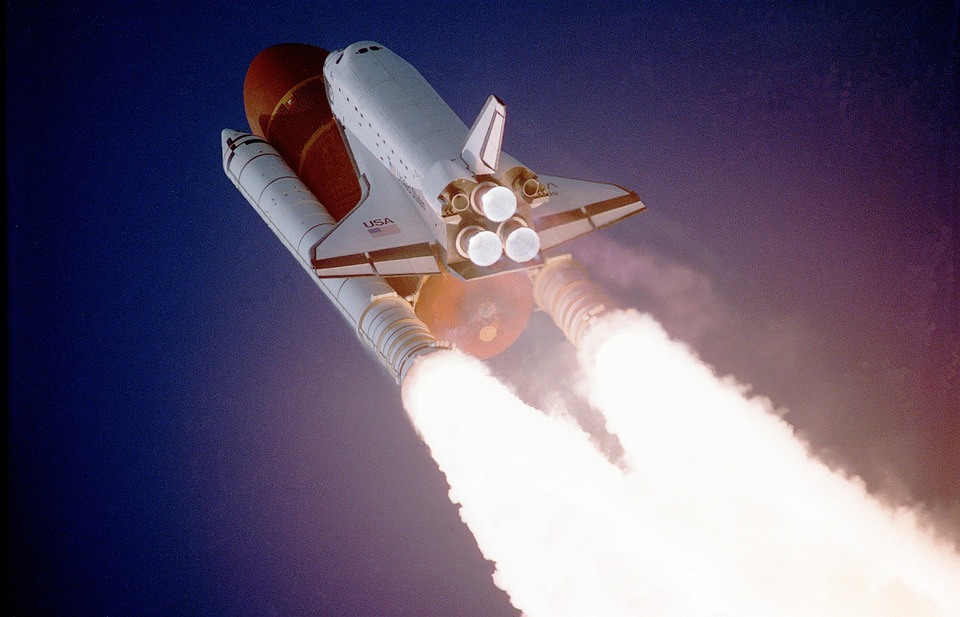The Basics of Lift Force in UAVs
Unmanned Aerial Vehicles (UAVs) rely on a variety of forces to stay airborne, with lift force being one of the most critical. Lift force is the force that pushes an aircraft upward, counteracting the force of gravity and allowing the UAV to achieve and maintain flight. To maximize lift force in UAVs, it is essential to understand the factors that affect lift force and how they can be optimized for peak performance.
Key Factors Affecting Lift Force
There are several key factors that influence the amount of lift force generated by a UAV:
1. Wing Design: The shape and size of the wings play a crucial role in generating lift force. Wings with a higher aspect ratio (length to width ratio) tend to produce more lift force, while wings with a greater camber (curvature) can also enhance lift production.
2. Airfoil Profile: The airfoil profile, or shape of the wing cross-section, is another critical factor in lift force generation. Different airfoil designs can result in varying levels of lift force, with symmetrical airfoils being typically used for UAVs due to their versatility.
3. Angle of Attack: The angle at which the wing meets the airflow, known as the angle of attack, also affects lift force. Increasing the angle of attack can boost lift force, up to a certain point where the wing may stall and lose lift.
4. Airspeed: The speed at which the UAV is flying impacts lift force, with higher speeds generally resulting in greater lift. However, excessive speed can lead to aerodynamic inefficiencies and potential control issues.
5. Air Density: The density of the air through which the UAV is flying can also influence lift force. Lower air density at higher altitudes can reduce lift force, requiring adjustments to maintain flight stability.
Maximizing Lift Force in UAVs
To optimize lift force in UAVs, it is essential to consider each of the key factors mentioned above and make adjustments as needed. Here are some strategies for maximizing lift force in unmanned aerial vehicles:
1. Wing Design Optimization: Carefully consider the design and construction of the wings to ensure optimal lift force generation. Experiment with different wing shapes, aspect ratios, and airfoil profiles to find the most efficient configuration for your UAV.
2. Angle of Attack Adjustment: Adjust the angle of attack to maximize lift force without inducing a stall. Monitor the flight characteristics of the UAV and make gradual changes to the angle of attack to achieve the desired lift performance.
3. Airspeed Control: Maintain an appropriate airspeed to achieve the ideal balance between lift force and aerodynamic efficiency. Avoid flying too fast or too slow, as this can negatively impact lift production and overall UAV performance.
4. Altitude Considerations: Take into account the altitude at which the UAV will be operating and make adjustments to compensate for changes in air density. Monitor the air pressure and temperature to calculate the correct lift force requirements for optimal flight stability.
5. Weight Management: Keep the weight of the UAV as low as possible to reduce the amount of lift force needed for flight. Use lightweight materials and components to minimize the overall weight of the aircraft and maximize lift efficiency.
Conclusion
Maximizing lift force in unmanned aerial vehicles is crucial for achieving optimal flight performance and efficiency. By carefully considering the key factors that influence lift force, such as wing design, angle of attack, airspeed, air density, and weight, UAV operators can make informed decisions to enhance lift production and improve overall flight capabilities. Experimenting with different configurations and adjustments to optimize lift force can lead to more stable and efficient UAV operations in a variety of settings and conditions. With a focus on maximizing lift force, UAVs can reach new heights of performance and reliability in a wide range of applications.

Leave a Reply